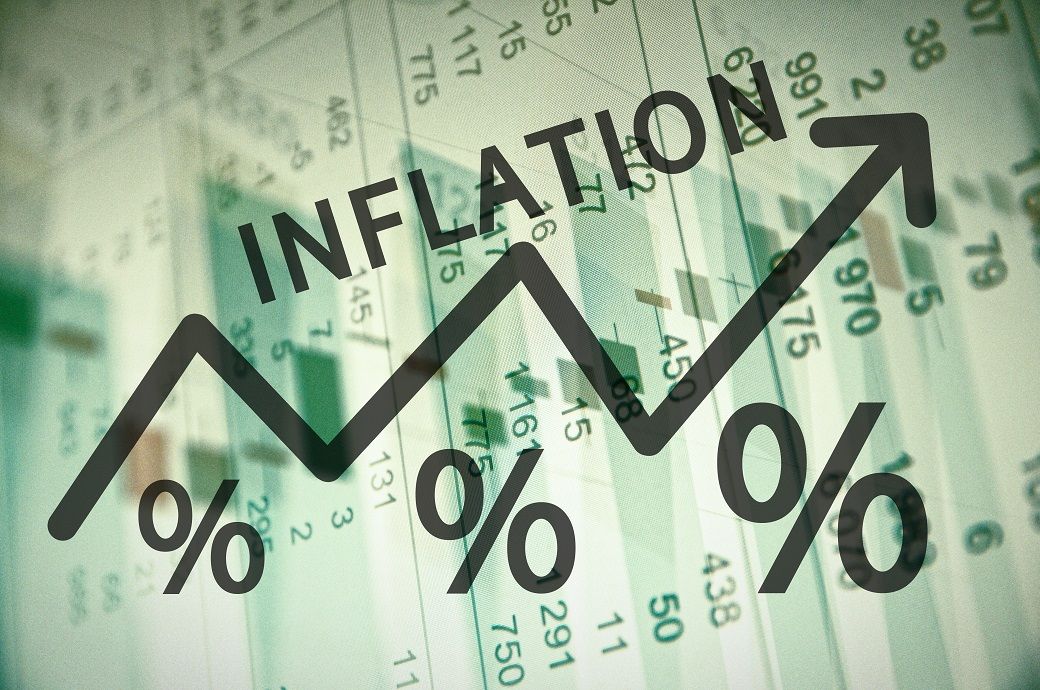

Food and energy inflation in the OECD continued to slow significantly. It remained above 10 per cent in 30 OECD countries. Energy inflation in the OECD fell further to 0.7 per cent between March and April, following a steep drop from 11.9 per cent to 1.3 per cent between February and March. OECD inflation less food and energy (core inflation) remained broadly stable, but elevated, at 7.1 per cent in April 2023 compared to at 7.2 per cent in March, according to an OECD press release.
YoY inflation in the G7 was stable at 5.4 per cent in April 2023. The UK registered the most significant drop among G7 countries, reflecting a sharp decrease in energy inflation, despite a marked rise in core inflation which reached its highest rate since March 1991. Italy recorded the largest increase in headline inflation, largely driven by rising energy inflation. Food and energy inflation remained the main contributors to headline inflation in Italy, while core inflation served as the main driver in Canada, Germany, Japan, the UK, and the US. In France, both components contributed almost equally to headline inflation.
In the euro area, YoY inflation, as measured by the harmonised index of consumer prices (HICP), increased slightly to 7.0 per cent in April 2023, from 6.9 per cent in March. The increase in energy inflation more than offset the fall in food inflation and the slight decline in core inflation. Eurostat’s flash estimate for May 2023 points to a fall in YoY inflation in the euro area, to 6.1 per cent, with core inflation estimated to have declined while energy prices were estimated to have dropped YoY in May.
In the G20, YoY inflation declined to 6.5 per cent in April 2023, from 6.9 per cent in March. Outside the OECD, inflation decreased in Brazil, China, India, Indonesia, and South Africa, but increased in Argentina. It was stable in Saudi Arabia.
Fibre2Fashion News Desk (NB)